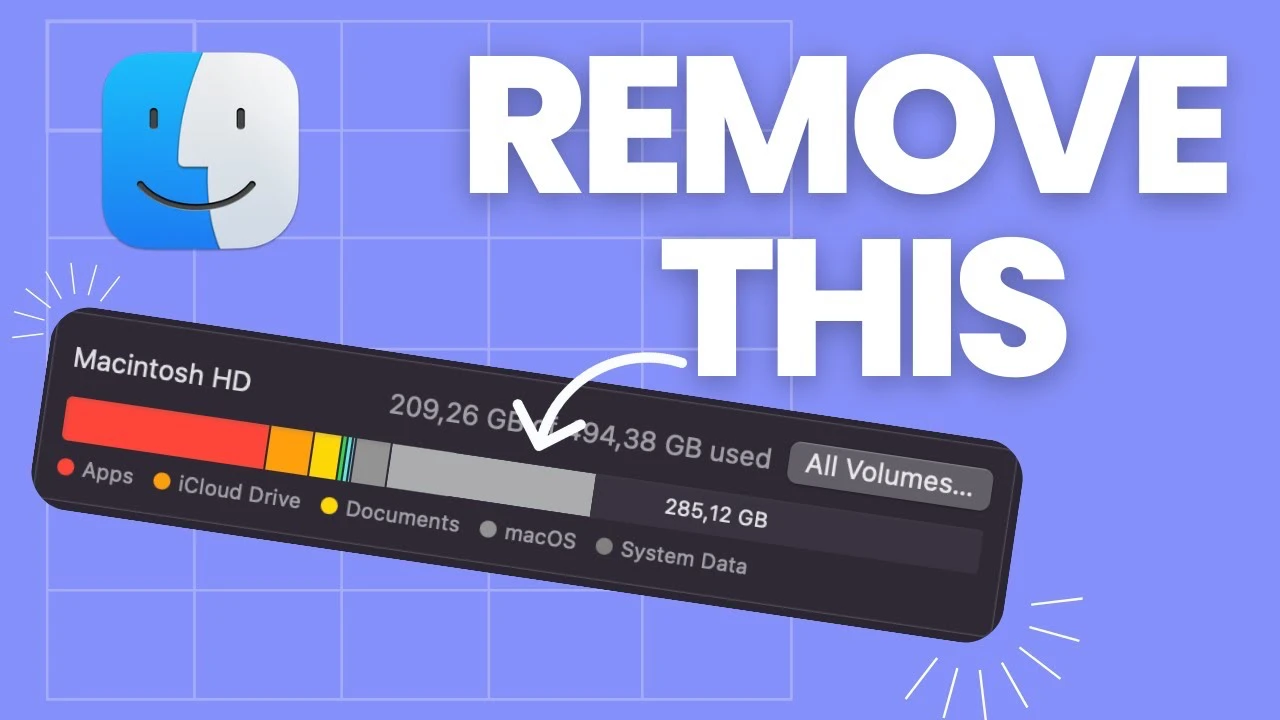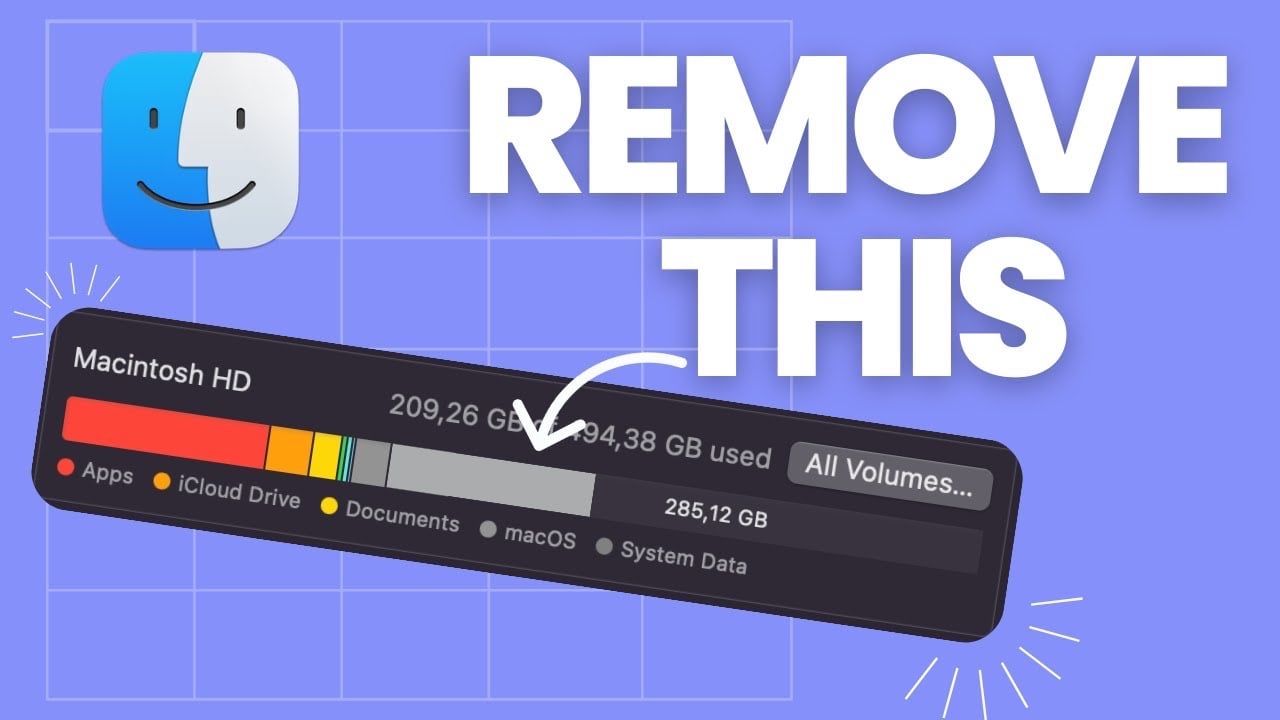
Are you noticing your Mac running slower than usual, or is your storage space mysteriously disappearing? You’re not alone. Many users find themselves puzzled by the significant amount of system data consuming precious storage space, especially after upgrading to macOS Ventura. Fortunately, there’s a straightforward way to reclaim your Mac’s performance and storage, and it doesn’t require any third-party software.
Understanding the Culprit Behind Storage Woes
System data on a Mac can balloon to surprising sizes, in some cases nearing 130 GB. This data is essentially the cache files that macOS and installed applications use to speed up operations by storing temporary data. While this sounds beneficial, over time, these files can accumulate and take up a significant portion of your hard drive.
A Step-by-Step Guide to Decluttering Your Mac
The process to reduce this bloated system data is simpler than you might think, and it revolves around deleting unnecessary cache files. Here’s how you can do it:
- Accessing Cache Files: Use Finder’s “Go to Folder” feature by pressing
Shift + Command + G, and type in~/Library/Caches. This path leads you directly to where most cache files are stored. - Identifying and Deleting Large Files: Within the cache folder, Adobe software cache files often contribute significantly to system data size. Locate these files and delete them. Don’t worry; this won’t affect your Adobe applications’ functionality or settings.
- Finalizing the Cleanup: After removing the unnecessary cache files, don’t forget to empty the bin to effectively free up the storage space. This action is what truly concludes the cleanup process.
Ensuring Software Integrity
Many might worry that deleting cache files could lead to loss of important data or settings, particularly with complex software like Adobe After Effects. However, it’s been confirmed that this cleanup method does not affect installed plugins or software settings. It’s a safe and efficient way to enhance your Mac’s performance without compromising on functionality.
Tips for Ongoing Maintenance
While manual cleanup is highly effective, it’s also beneficial to adopt habits that prevent system data from quickly ballooning again:
- Regularly check and clear cache files, especially after extensive use of memory-intensive applications.
- Consider using macOS built-in tools to manage storage, which can offer insights into what’s consuming space and how to optimize it.
By understanding the nature of system data and taking proactive steps to manage it, you can significantly improve your Mac’s performance and storage availability. This guide offers a practical approach to managing system data, tailored specifically for macOS Ventura users. By following these steps, you’ll not only reclaim space but also ensure your Mac runs more smoothly, allowing you to work and play without unnecessary hindrances.
Summary
Managing system data on your Mac doesn’t have to be a daunting task. With the right knowledge and a few minutes of your time, you can keep your system lean and efficient. Remember, the key to a well-performing Mac is regular maintenance and being mindful of the files and applications that contribute to system data. By taking control of your system data, you ensure that your Mac stays in top shape, ready to handle all your computing needs with ease.
Source & Image Credit: Amir Bendabi
Filed Under: Apple, Laptops
Latest timeswonderful Deals
Disclosure: Some of our articles include affiliate links. If you buy something through one of these links, timeswonderful may earn an affiliate commission. Learn about our Disclosure Policy.

